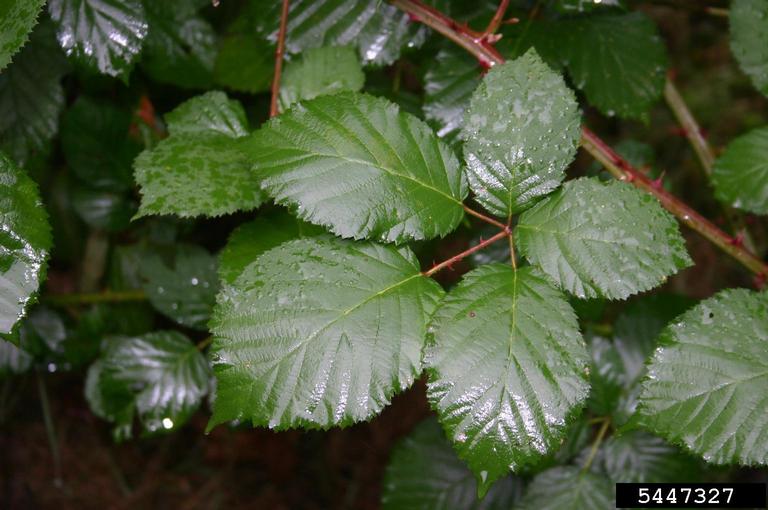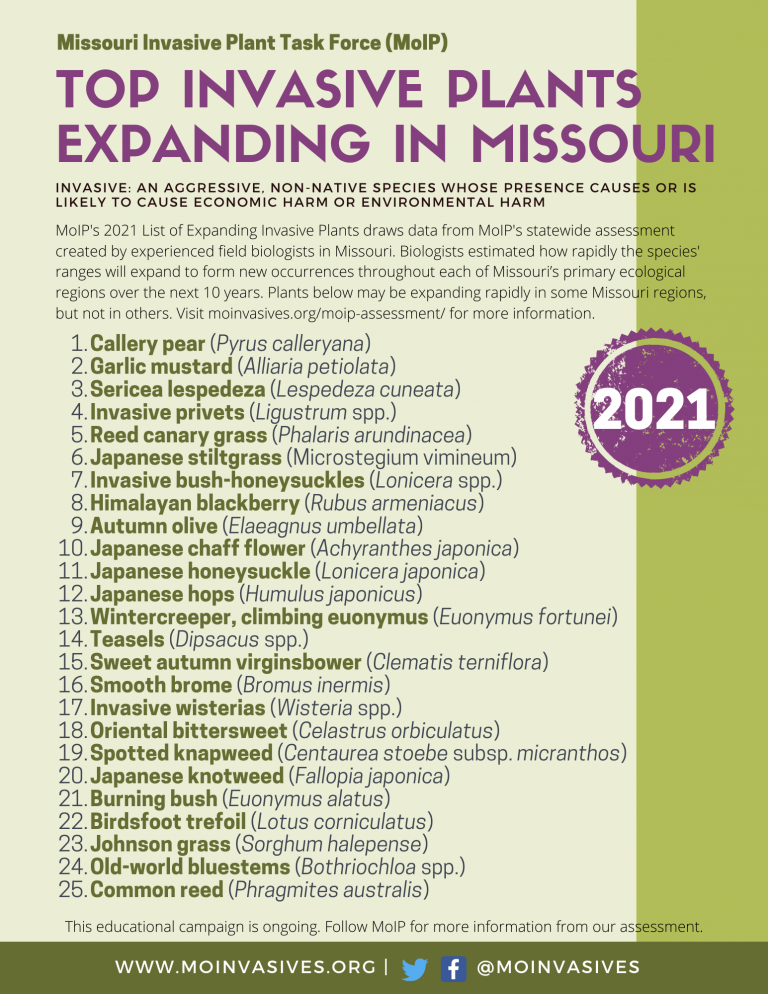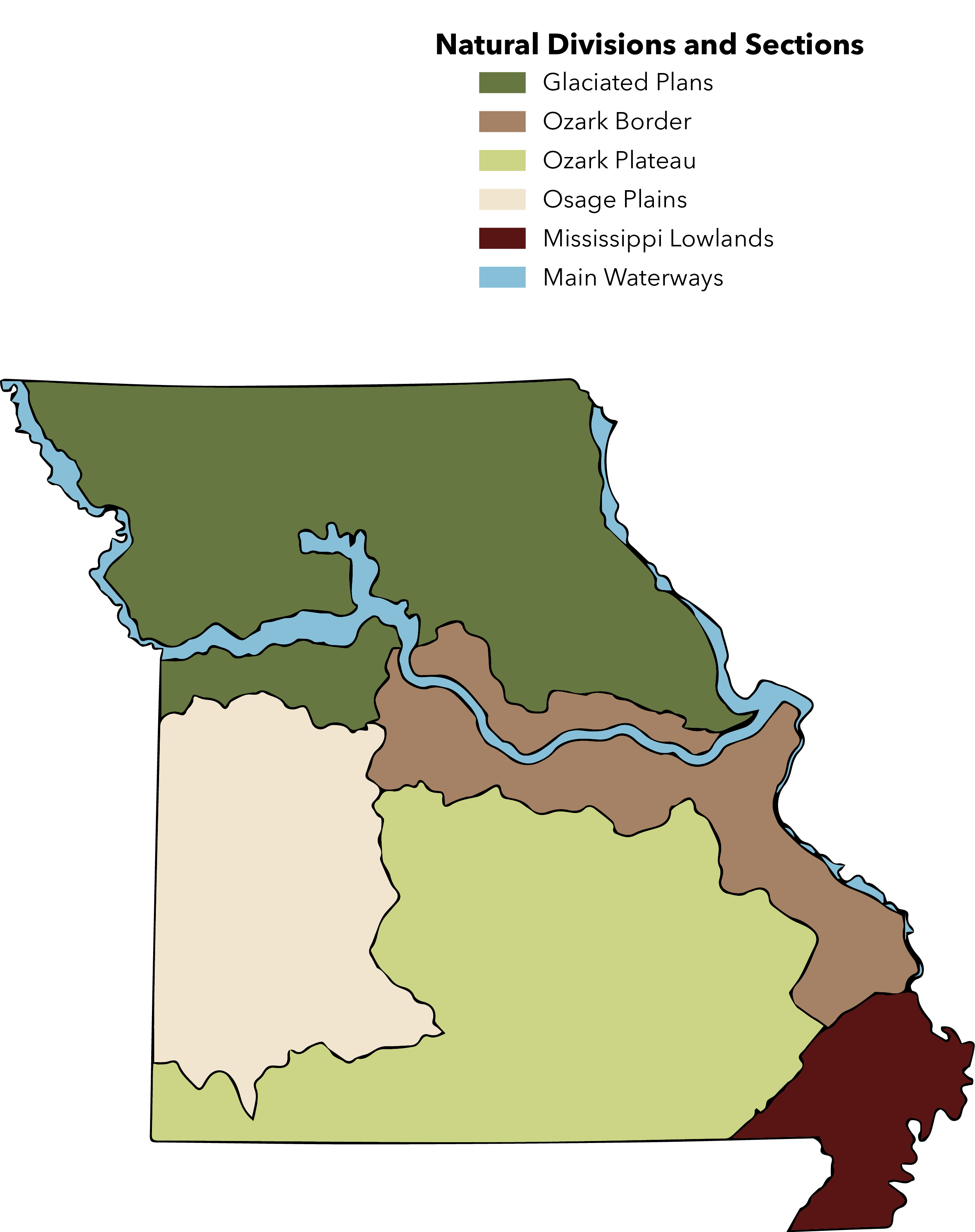Rubus armeniacus
Himalayan blackberry (Rubus armeniacus) is a perennial shrub native to Eurasia. Stems (canes) grow to 15 feet before arching and trailing the ground for up to 40 feet. The leaves of the prima cane (first-year shoots) are 2.8 to 7.9 inches long and are palmately compound with 5 leaflets. In the second year, several side shoots are produced (flora canes) having smaller leaves with 3 leaflets. The leaflets are oval and toothed with thorns along the underside of the mid-rib. No flowers are produced in this plant’s first year of life. Flowering occurs in late spring to early summer—white to pale pink flowers develop on the flora canes. Flowers have five petals, numerous stamens, and are 0.8 to 1 inch in diameter. Fruits are an aggregate of drupelets that are black, when mature, and 0.5 to 0.8 inches in diameter.
Unlike most native blackberries, as Himalayan blackberry canes grow, bend, and touch the ground, they root at the nodes forming new plants. Himalayan blackberries have leaves with 5 leaflets (on first-year canes) and 3 (on second-year side shoots), whereas native blackberries tend to have leaves with only 3 leaflets.
Himalayan blackberry leaves also tend to stay green longer into the fall than native blackberries. Himalayan blackberry can be controlled by spraying the leaves (while green) with a 1.5% solution of triclopyr. Stop spraying before runoff occurs. Depending on the weather, the leaves should remain green through most of November.
Identification and fact sheets
- Learn about Himalayan blackberry on Invasive.org
Representative photos of Himalayan blackberry:



Himalayan blackberry impact, abundance, and trend in Missouri



